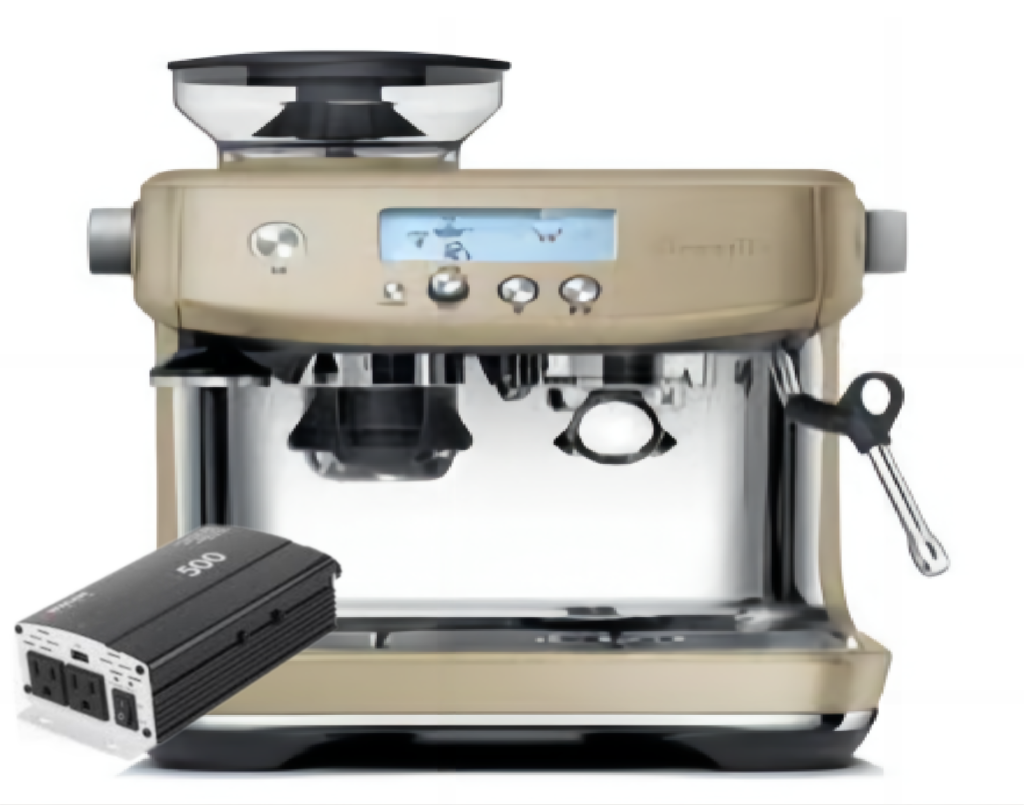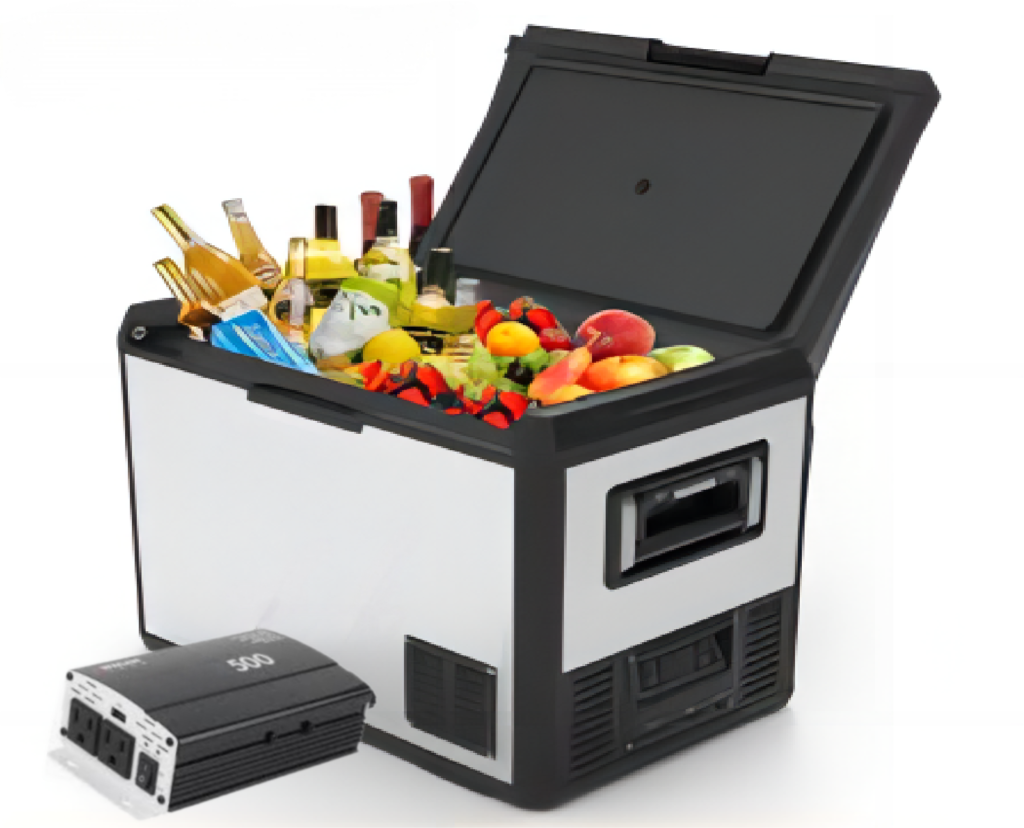To make full use of automotive inverters to ensure that they power the equipment safely and efficiently, you can start from the following aspects:
Choosing the Right Inverter Power
Depending on the device you intend to use, choosing the right power inverter is a top priority. The power of the inverter should be higher than the rated power of the equipment, especially when dealing with high-power equipment, such as power tools or kitchen appliances. The following are the power requirements for some common devices:
Mobile phone, tablet charging: 10-50W
Laptop: 50-100W
Small appliances (such as electric fans, lighting equipment): 100-300W
Large electrical appliances (such as coffee machines, power tools): more than 500W

Correct connection to inverter
Automotive inverters can be used through a cigarette lighter socket or directly connected to a car battery:
Cigarette lighter socket: suitable for low power inverters (generally no more than 150W-300W).
Directly connected batteries: Suitable for high-power devices, this way can provide maximum stable power, especially for devices that require 500W and above.
Note the load type of the inverter
Depending on the equipment used, select the appropriate inverter type:
Capacitive load (such as mobile phones, LED lights, etc.): the power requirements are not high, and the use of modified sinusoidal inverters is sufficient.
Inductive loads (such as motors, refrigerators, etc.): Higher instantaneous start-up currents are required, and pure sine wave inverters are recommended to ensure smooth start-up and operation of the equipment.
Avoid Overloading
Ensure that the total rated power of the inverter does not exceed the equipment requirements. For example, if the inverter is rated at 500W, the total power of the device you connect to should be controlled below 500W. In addition, the starting current of the inductive load device may be several times higher than the rated power, and special attention should be paid to avoid overload.
Protection of car batteries
Long-term use of the inverter will cause pressure on the car battery, which may cause the battery to run out. In order to prevent the car battery from running out, the following measures can be taken:
When using inverters, keep the car engine running, especially when driving high-power equipment.
If the inverter is used in the vehicle shutdown state, the use of high-power equipment should be avoided for a long time to avoid excessive power consumption.
Prepare for safe operation
Ensure inverter overload protection, short circuit protection and overheating protection functions, which can prevent inverter or equipment damage.
When using the inverter, try to avoid placing it in a closed space and maintain good ventilation to avoid overheating.
Reasonable planning of power usage time
According to the car battery capacity and equipment power consumption reasonable allocation of use time, to avoid inverter and battery overload. It is recommended that when using inverters, do not supply power to multiple high-power devices at the same time.
Field Camping and Emergency Applications

Camping: When camping outdoors, you can use inverters to provide electricity for mobile phones, laptops, portable lighting equipment, etc., to ensure the comfort of camping life.
Emergency: In the event of a power outage or outdoor, the inverter can supply power to emergency equipment, such as portable lights, mobile phones, radios, etc.
By choosing the right power, ensuring the right connections, protecting the battery, and distributing the load properly, you can maximize the use of automotive inverters to provide reliable power support for a wide range of devices.

